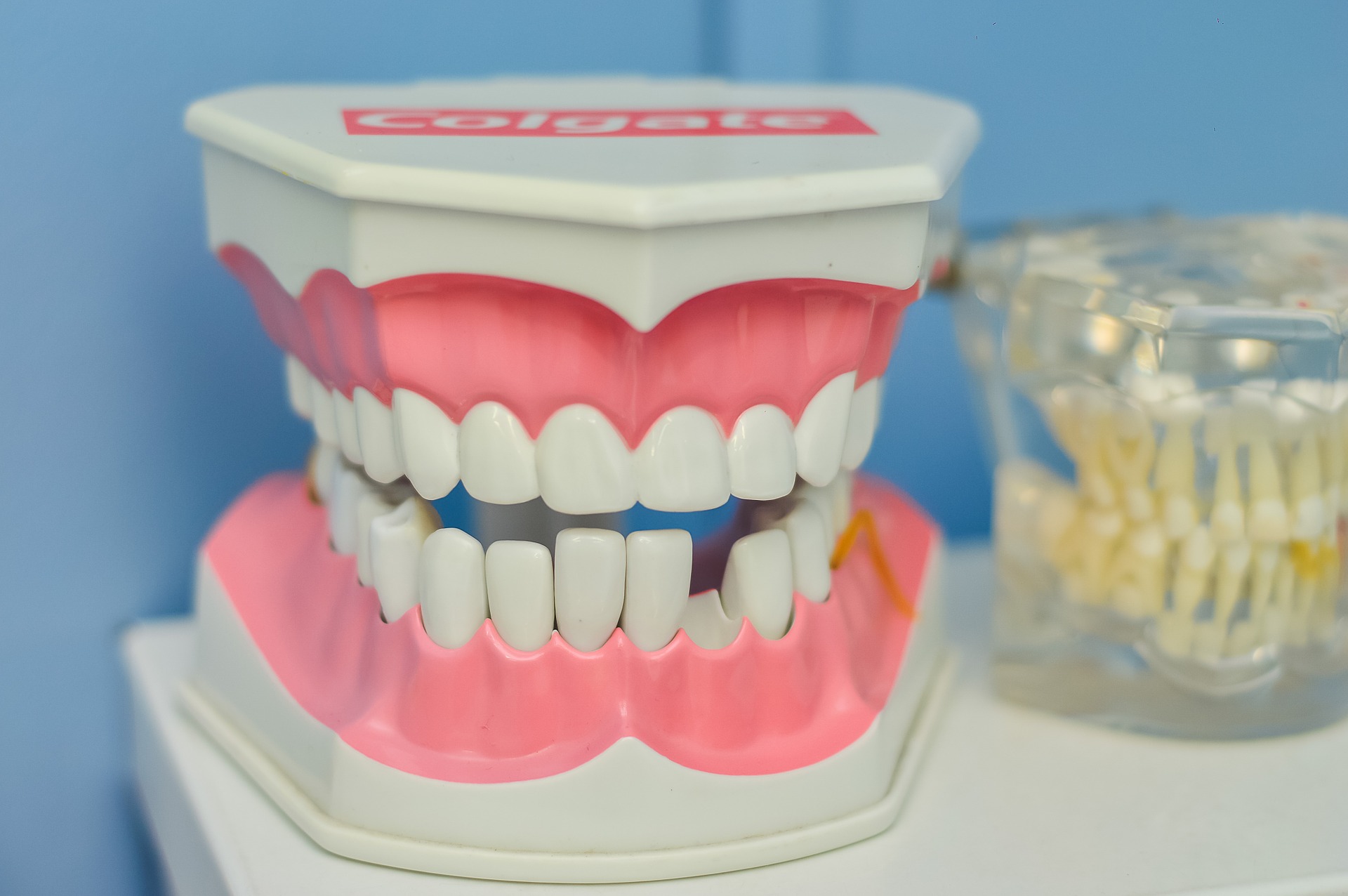Due to interferences in your mouth, the way your jaw closes may be misaligned. A dental professional can perform a bite adjustment to ensure that your mouth closes in an anatomically correct way and protects your teeth from bruxism or jaw tension in the future. It is important that you do not ignore the symptoms if you have a misaligned bite, because it can lead to severe dental problems further down the road. If you have noticed that your bite is not lining up properly, you should speak to your dentist about potential treatment options. For more information and help with this issue, please read on, then contact our New Jersey bite adjustments dental team to learn what you should know about receiving a bite adjustment for a misaligned bite.
How can you tell if you need a bite adjustment?
During your routine cleaning, your dentist may notice that your bite is misaligned. After asking you to open and close your mouth, he or she may notice one or more signs that could indicate your bite is misaligned. The signs and symptoms of a misaligned bite are as follows:
- You have fractured teeth
- Your jaw does not open evenly on both sides
- Bruxism, i.e. chronic teeth grinding or clenching
- Your jaw makes clicking or crackling noises when opening
- Your enamel is worn away
- Chronic neck aches or headaches
What are the options for bite adjustment?
If he or she finds that your bite is off, your dentist will probably recommend an occlusal adjustment, which is a simple procedure in which your dentist will have you bite down on mylar paper. This procedure will show your dentist every spot in which your teeth come into contact with each other. With that information, your dentist will then be able to assess where he or she will need to smooth, in order to undo the interference that is the cause of your bite misalignment.
Once all points of contact are smoothed out, your bite will no longer cause color changes on the mylar paper, indicating that your jaw has been restored to its natural position.
In the case of bruxism, your dentist will likely prescribe a nightguard, which will prevent you from grinding your teeth while you sleep.
It is critical to your dental health that you receive treatment if you believe that you have a misaligned bite. If left untreated, it could result in Temporomandibular Disorder in your jaw.
For help with this or other general dentistry problems, please give one of our dentists in Basking Ridge and Morristown, NJ a call today.
Contact The Dental Associates of Basking Ridge
Dental Associates of Basking Ridge is a compassionate, gentle, and professional state-of-the-art dental practice serving Basking Ridge, Morris & Somerset County. Our office is always ready to greet our patients with a smile, take the time to answer any questions, and provide the quality dental services our patients expect. Please contact us to schedule an appointment. We look forward to serving you!










